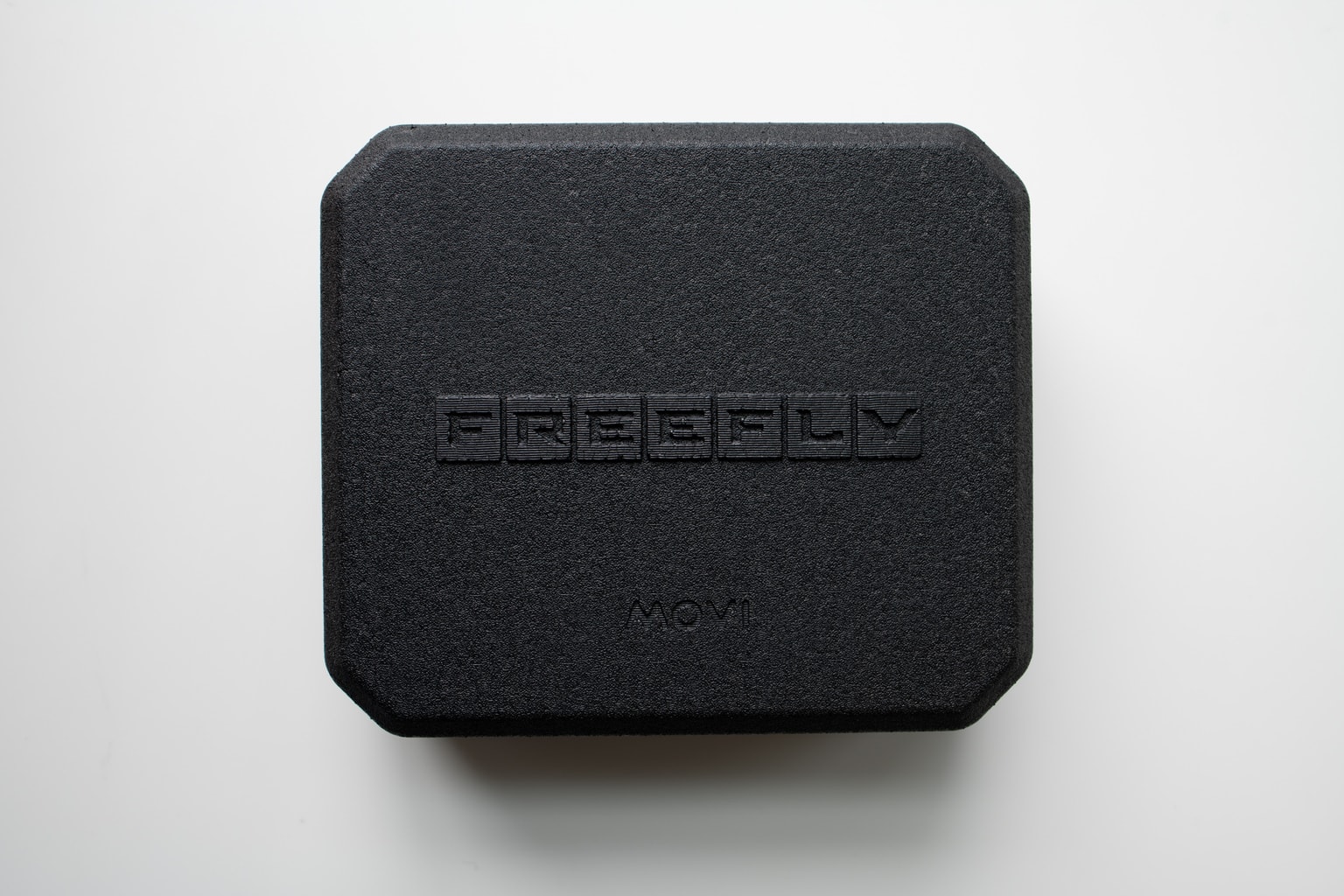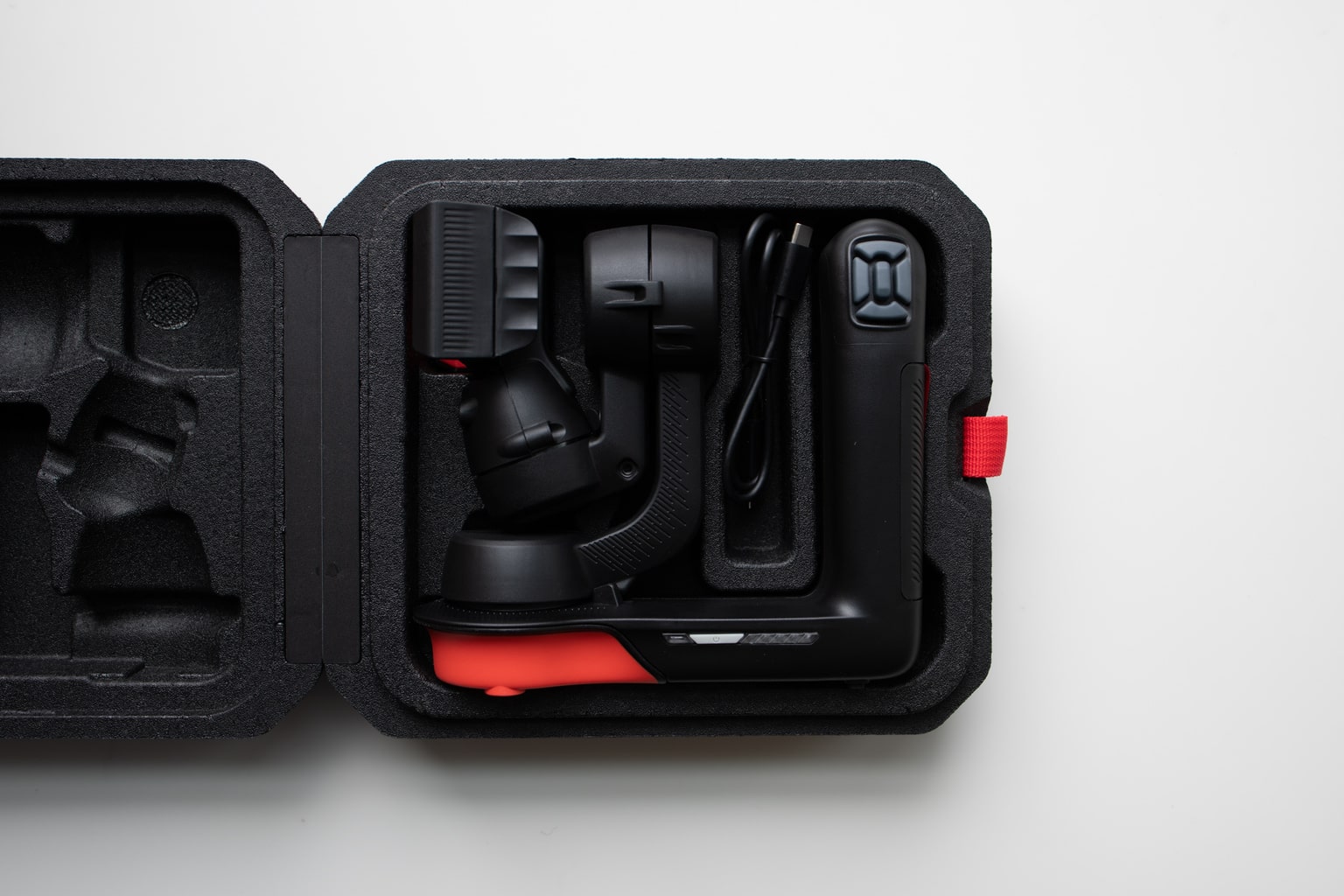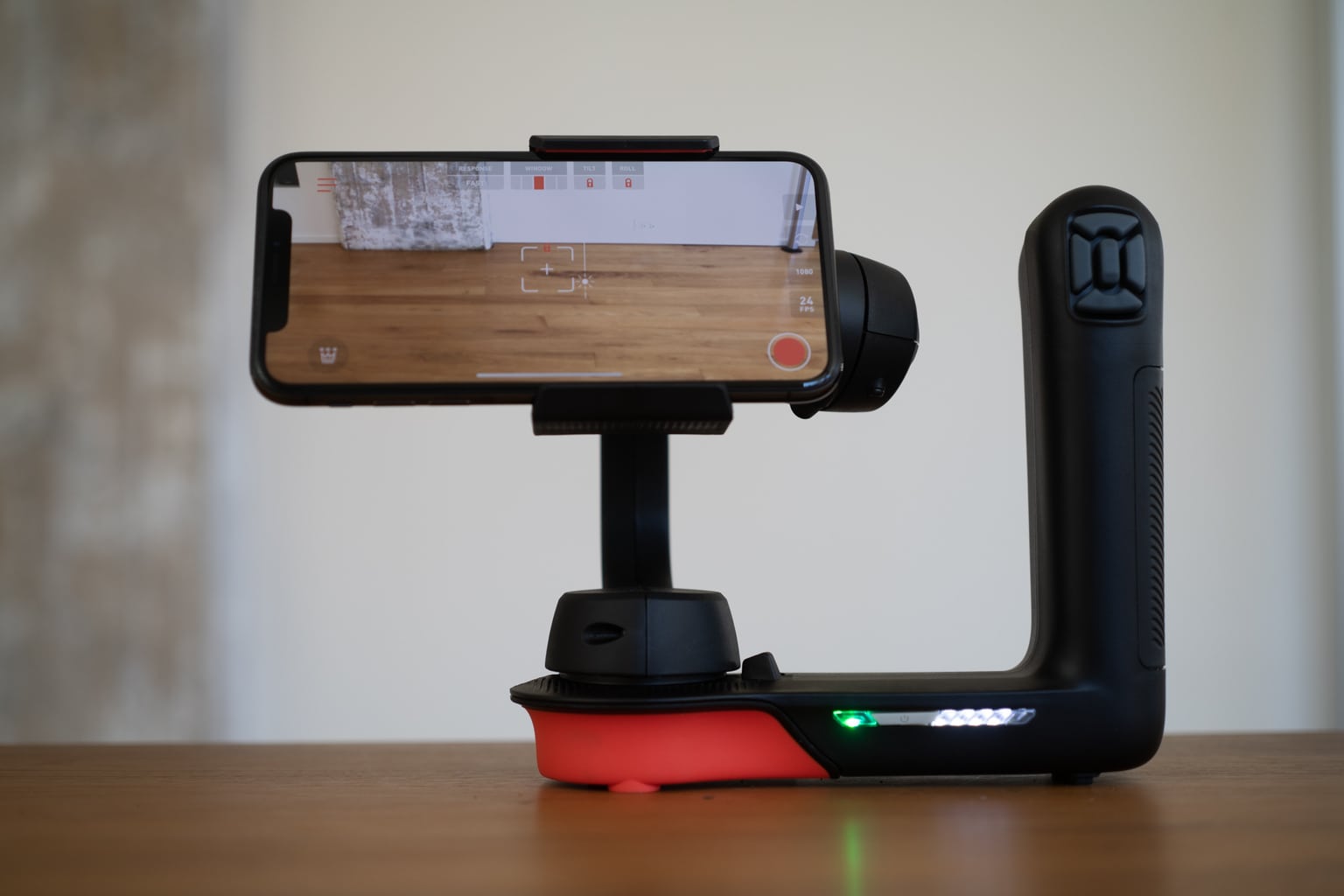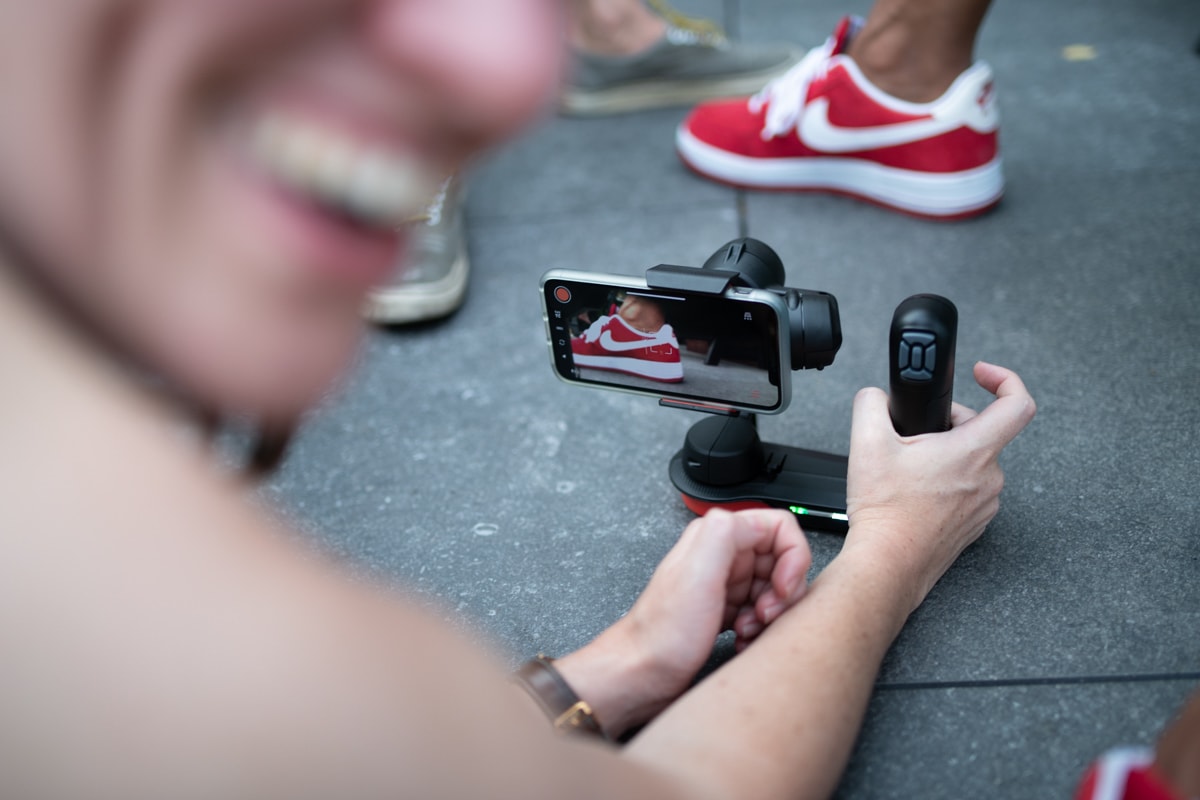Share
Freefly Systems’ Movi: A Smartphone Gimbal Worth Considering
Although I’ve produced a few videos with DSLR-sized gimbals like the DJI Ronin, I’ve never personally used a gimbal before. But when I started ...

Although I’ve produced a few videos with DSLR-sized gimbals like the DJI Ronin, I’ve never personally used a gimbal before. But when I started seeing previews of Freefly Systems’ Movi, I was intrigued. As with other consumer options like the DJI Osmo, the Movi is designed to stabilize your phone. At $299, it’s more than twice the price of the Osmo Mobile 2, which goes for $129, but Freefly Systems markets the device as a “cinema robot”. The motorized, self-standing device pairs with a well-designed smartphone app to give you cinematic options that you can’t get from a standalone gimbal.
The Movi comes in a sturdy, foam carrying case. Lithium ion batteries provide hours of use, and charging is accomplished via USB-C. Your phone will almost certainly run out of power before Movi does.

Movi foam carrying case. Photo by Allen Murabayashi

Movi foam carrying case. Photo by Allen Murabayashi
Like any gimbal, the most important pre-flight activity is to balance your camera in the device. The phone harness is really easy to open using the squeezable clips on the back, and balancing only takes a few seconds. I was able to use the Movi with my camera case attached to it, although I wouldn’t necessarily recommend using it this way because the grip doesn’t seem as secure.
I had no pairing problems with the app. You open the app, turn on the Movi, and the devices paired every time without as much as a hiccup. The app is well-designed but I couldn’t find a way to review more than the last shot video without exiting to the iPhone’s Photos app and because the app only works in landscape mode, you have to cock your head to see the vertical orientation of the iPhone’s home screens.
By default, the Movi is set into “Majestic mode.” Think of it as your standard, no frills steadicam-style shot. The app gives you a few options to adjust the sensitivity of the device, which take some experimentation to understand and master – but even without fiddling with the settings you can get noticeably smooth footage out of the box. Combining the majestic mode with the high frame rate options on the phone make for some pretty cool options. I screwed the Movi into a monopod and hopped on a bike to try to get some cool footage which appears in the video above.

The Movi app currently supports the iPhone only although Android support is forthcoming. Photo by Allen Murabayashi
The Echo mode was the most consistently useful function. Press the trigger to set a start and finish point, then hit record. Strangely, the gimbal would often resist moving the head while setting the A/B points. I’m not sure if this was a user error or software bug. The motor is very quiet and I didn’t pick up any grinding on the camera audio. Not that you’d trust audio from your phone for your cinematic creations…
Sure, some of the modes are gimmicky. The barrel roll gives you that Inception-like camera move. It’s definitely fun to play with, but how many times can you use it in your work before it feels cliched?

The Movi’s base allows you to place it on a flat surface. Photo by Allen Murabayashi
The timelapse and movielapse modes are cool options for mixing up your b-roll footage as long as you’re patient enough to record them. You definitely have to practice to understand how slowly the Movi tends to move into a turn. Practice makes perfect.
Given the price and size of the device, it’s hard to level any strong criticisms. If anything, I became hyperaware of the iPhone’s limitations. The ability to capture fluid motion ironically accentuates that jelly-like appearance that results from the rolling shutter. Still, it’s pretty unbelievable to have an option to film at 240fps with a portable steadicam that weighs 600g. I also wish there was a button combination that would level out the phone after a shot. After experimenting with the barrel roll mode, I often found it time consuming to return the gimbal to a neutral state.
The Movi occupies a weird space in the market. It’s only designed to hold devices up to 3.5” in width, and the software currently only supports the iPhone. So the technical quality is limited by your phone’s specifications. But the cinematic movements are definitely as good as much pricier equipment designed for heavier cameras. The Movi is perfect for vloggers and social media influencers looking to up their production value. Even professional photographers might consider this device for BTS footage.
As with all our gear reviews, I try to figure how this item fits into a photographer’s arsenal. Movi is easy enough to use and gives you instant gratification out of the box. But with its more advanced features, my main takeaway was feeling inspired to find my next shot.


